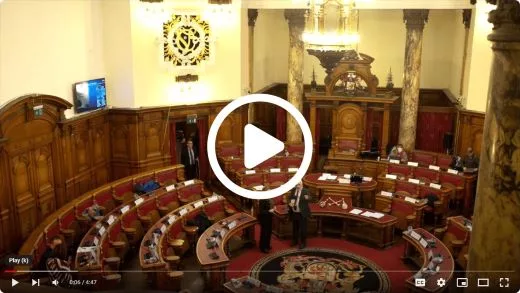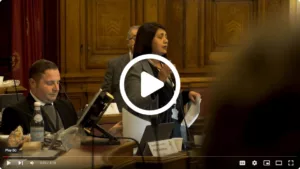Democracy in your region
Choose an area of Wales on the map to find out about local democracy in that region. Or you can select one of Wales’s 22 Local Authorities from the list.
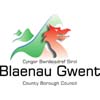
Blaenau Gwent County Borough Council
Blaenau Gwent Council gained county borough status in 1996, with the council taking over the functions previously performed by the county council. The council comprises 33 Councillors representing 14 electoral wards. Since the 2022 elections the Council been under Labour majority control.
Blaenau Gwent County Borough Council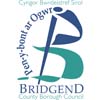
Bridgend County Borough Council
Bridgend County Borough Council came into effect in April 1996, largely replacing the former Ogwr Borough Council. The Council is currently under a Labour majority following the 2022 Elections. The Council comprises 51 Members, representing 28 electoral wards. Labour has held a majority of seats on the Council since 2008.
Bridgend County Borough Council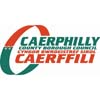
Caerphilly County Borough Council
Caerphilly County Borough Council was established in 1996 and is based in Penallta House in the Tredomen area of Ystrad Mynach. The county borough is divided into 30 electoral wards returning 69 councillors. Labour has held a majority of the seats on the council since 2012.
Caerphilly County Borough Council
Cardiff Council
Cardiff Council, formally the County Council of the City and County of Cardiff was established in 1996 replacing Cardiff City Council within South Glamorgan. Cardiff Council consists of 79 councillors, representing 28 electoral wards. Labour has held a majority of the seats on the council since 2012.
Cardiff Council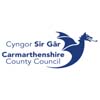
Carmarthenshire County Council
Carmarthenshire County Council) is one of twenty-two unitary authorities that came into existence on 1 April 1996. The county is divided into 51 electoral wards returning 75 councillors from a range of political groups.
Carmarthenshire County Council
Ceredigion County Council
Ceredigion County Council was established in 1996. Ceredigion County Council consists of 38 councillors, representing 34 electoral wards. The Plaid Cymru Group has held a majority since the Local Elections held in 2022.
Ceredigion County Council
Conwy County Borough Council
Conwy County Borough Council was established in 1996, replacing the former Borough Councils of Aberconwy and Colwyn. It is centrally located in North Wales and the Council consists of 55 councillors, representing 30 wards.
Conwy County Borough Council
Denbighshire County Council
The principal area and county of Denbighshire was established on 1 April 1996 and based at County Hall in Ruthin. The county borough is divided into 29 electoral wards returning 48 councillors. Since May 2022 the council has been led by Jason McLellan, of Labour.
Denbighshire County Council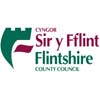
Flintshire County Council
The two districts of Alyn and Deeside, and Delyn were merged in 1996 to become a new county of Flintshire. The county has been divided into 45 wards, returning 67 councillors. The council has been under no overall control since 2012. Following the 2022 election Labour formed a minority administration with informal support from the Liberal Democrats.
Flintshire County Council
Cyngor Gwynedd
Cyngor Gwynedd Council was established in 1996 and since 2022 the county borough has been divided into 65 wards, returning 69 councillors. The Council is led by Plaid Cymru who have a majority control. The main Council Offices are in Caernarfon. Since 2022 it is known as Cyngor Gwynedd.
Cyngor Gwynedd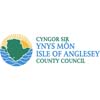
Isle of Anglesey County Council
‘Cyngor Sir Ynys Môn’ or the ‘Isle of Anglesey County Council’ as its known in English was formed in 1996. Since 2022 the council has 35 councillors who represent 11 multi-member electoral wards. An overall majority is currently held by Plaid Cymru holding with 21 of 35 seats.
Isle of Anglesey County Council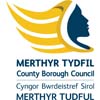
Merthyr Tydfil County Borough Council
Merthyr Tydfil County Borough Council was formed in 1996 following the abolition of the Mid Glamorgan County Council. The county borough is divided into 11 electoral wards returning 30 councillors. The council has been under no overall control since the 2022 election, with the independents and Labour each having 15 councillors. The Independent group currently form the council’s administration.
Merthyr Tydfil County Borough Council
Monmouthshire County Council
Monmouthshire Council was created in 1996 and covers the eastern three-fifths of the historic county of Monmouthshire. The county council is based at County Hall in the hamlet of The Rhadyr, near Usk. Since the 2022 elections the council has been under no overall control, with Labour the largest party. The leader of the council since the 2022 elections has been Mary Ann Brocklesby of Labour.
Monmouthshire County Council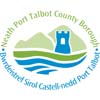
Neath Port Talbot Council
Neath Port Talbot Council was established in 1996 Since 2022, the Council consists of 60 Councillors representing 34 wards Since the 2022 election, the council has been under no overall control and a coalition between the Plaid Cymru and Independent groups lead the council.
Neath Port Talbot Council
Newport City Council
Newport City Council was established in 1996, replacing Newport Borough Council within Gwent County Council. Newport City Council consists of 51 councillors, representing 21 electoral wards. Labour has held a majority of the seats on the council since 2012.
Newport City Council
Pembrokeshire County Council
Pembrokeshire County Council was formed in 1996. Since 2022 the council has comprised 60 councillors, representing 59 wards. The ward of Pembroke: Monkton and St Mary South elects two councillors, the remaining wards elect one councillor. The leader of the council, David Simpson, is one of the non-affiliated independent councillors.
Pembrokeshire County Council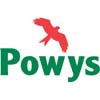
Powys County Council
Powys County Council, was established in 1996, originally the county of Powys consisted of three counties of Brecknockshire, Montgomeryshire and Radnorshire. Powys is a rural authority, it is the largest and most sparsely populated, covering a quarter of Wales with a population of 133,200 people. The council headquarters are based in County Hall, Llandrindod Wells which is centred in the middle of the county.Powys County Council has 68 Councillors, representing 60 wards. A Liberal Democrat and Labour coalition formed following the 2022 election.
Powys County Council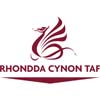
Rhondda Cynon Taf County Borough Council
Rhondda Cynon Taf is the third largest Local Authority in Wales. The county borough was formed in 1996 following the abolition of the county of Mid Glamorgan. Rhondda Cynon Taf County Borough Council was formed by the merger of the former Mid Glamorgan districts of Rhondda, Cynon Valley and Taff Ely (with the exceptions of Creigiau and Pentyrch). A total of 75 councillors are elected to represent the people of Rhondda Cynon Taf. It is a Labour held Council and Councillor Andrew Morgan is the leader.
Rhondda Cynon Taf County Borough Council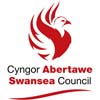
Swansea Council
The City and County of Swansea Council, or simply Swansea Council is the local Authority for one of the principal areas of Wales. The principal area also includes rural areas to the north of the built-up area of Swansea and the Gower Peninsula to the west. The council consists of 75 councillors representing 32 electoral wards. Since 2012 the council has been controlled by the Labour Party.
Swansea Council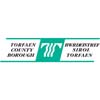
Torfaen County Borough Council
Torfaen County Borough Council was formed in 1996 after local government reorganisation. The county borough is divided into 20 electoral wards, returning 40 councillors. Labour has held a majority of the seats on the council since 2012 after a period of no overall political control from 2008. Following a by-election in February 2023 and a change of allegiance in April 2023, the composition of the council is currently 29 Labour councillors and 11 Independent. Of the independent councillors, five sit together as the ‘Independent Group’, three form the ‘Torfaen Independent Group’ and the other three do not belong to a group.
Torfaen County Borough Council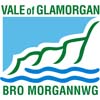
Vale of Glamorgan Council
The Vale of Glamorgan Council came into effect on 1 April 1996, following the dissolution of South Glamorgan and replacing the Vale of Glamorgan Borough Council. The council consist of 54 Councillors representing 24 wards and has been under no overall control since 2012. Since the 2022 election the council has been run by a coalition of Labour, the Llantwit First Independents, and one of the independent councillors.
Vale of Glamorgan Council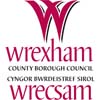
Wrexham County Borough Council
Wrexham County Borough Council was created in 1996 under the Local Government (Wales) Act 1994. The county borough is divided into forty-nine electoral wards returning fifty-six councillors. Since the 2022 election the council has been led by a coalition of the ‘Independent Group’, comprising 21 of the independent councillors, and the Conservatives.
Wrexham County Borough Council
Welsh Local Government Association
The Welsh Local Government Association (WLGA) represents the interests of local government and promotes local democracy in Wales. Its primary purposes are to promote better local government, to promote its reputation and to support authorities in the development of policies and priorities which will improve public services and democracy.

Be a councillor. Be the change
Councillors are elected to represent their communities to make important decisions about local matters and local public services. It is important that councillors are like the people who elect them – we need more diverse councillors – we need more women, more young people, more Black Asian and Minority Ethnic people, more disabled people and more LGBTQ+ people to stand.

Welsh Government
This introduction to local government will help you understand how local decisions affecting the lives of people in Wales are made and who makes them. It will explain the importance of local people being involved in this decision making and how the decision making process in Wales fits in to the wider UK legal and political system.

Independent Remuneration Panel for Wales
The Independent Remuneration Panel for Wales is responsible for determining the level of payments to elected members of councils, national park authorities and fire and rescue authorities in Wales.


